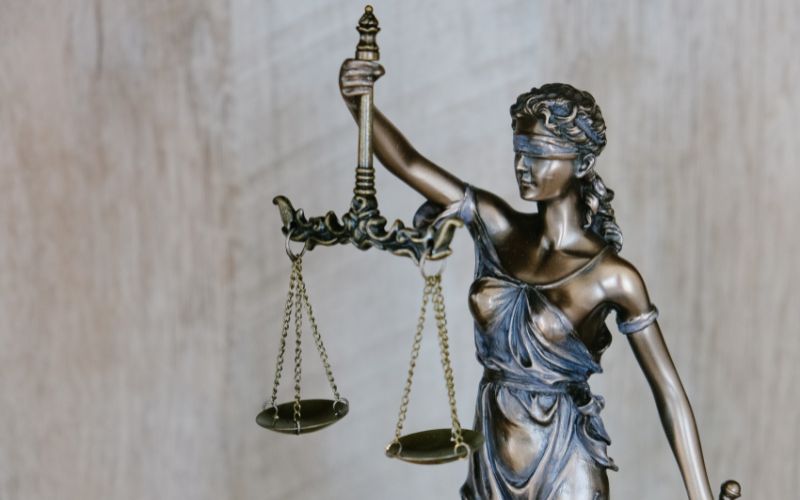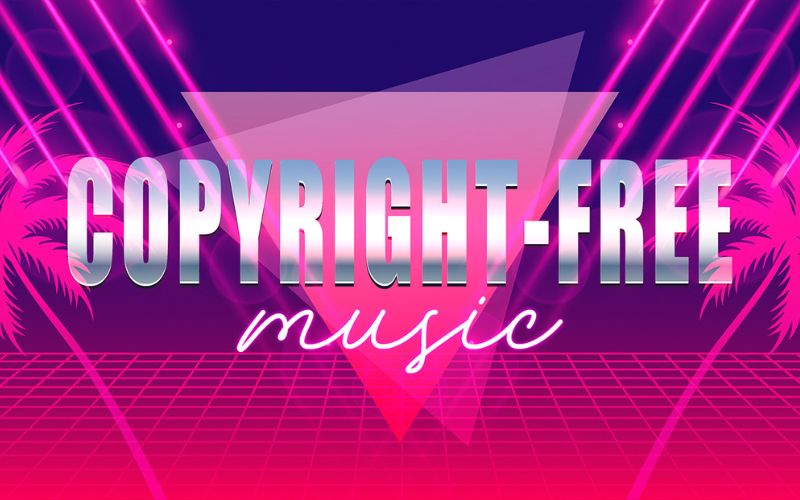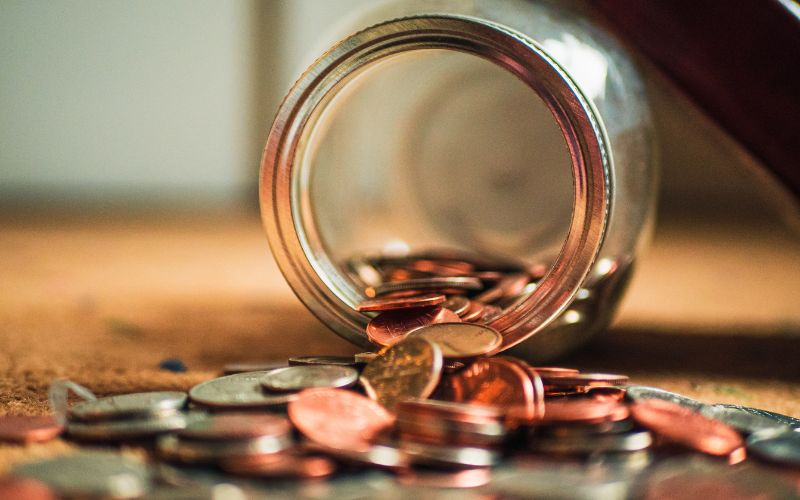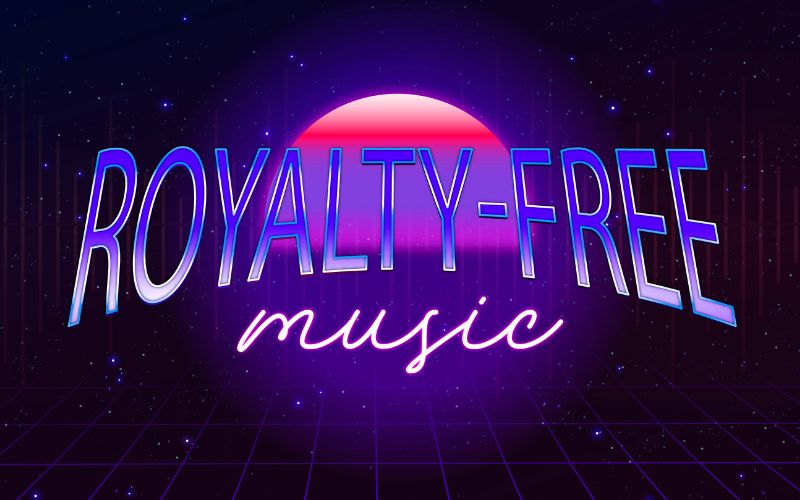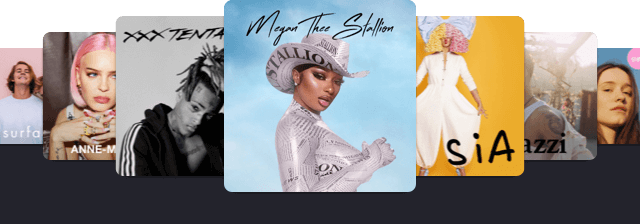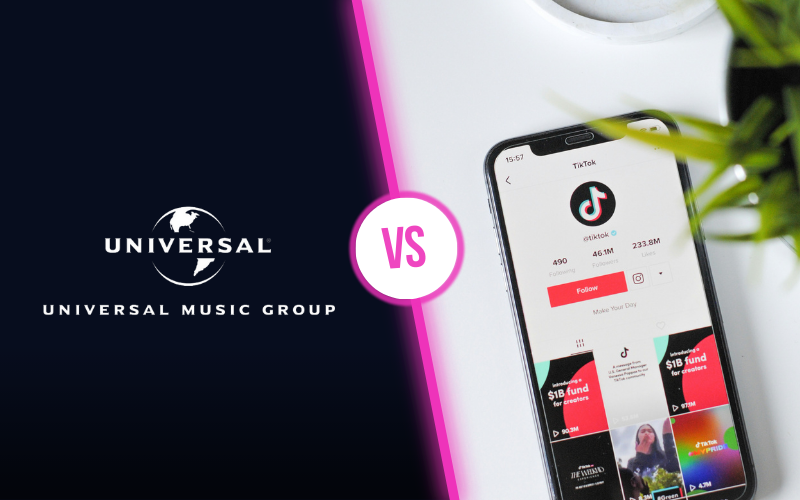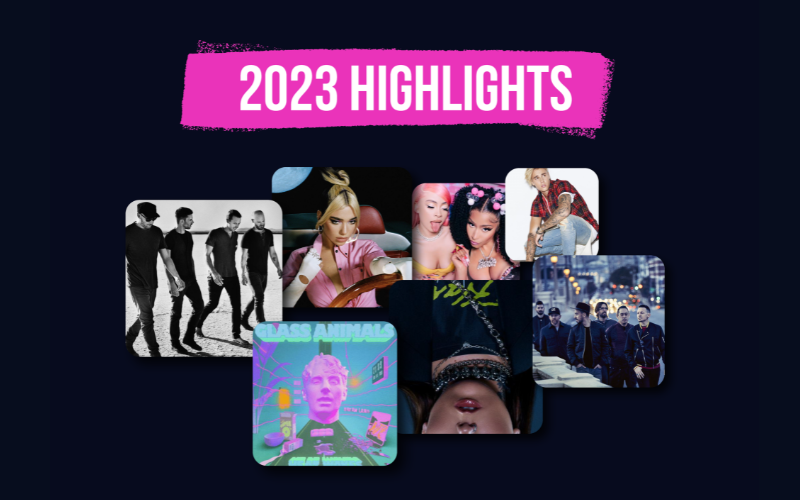Finding stock music for YouTube videos can sometimes be a total nightmare.
Think back over your Creator career… Have you ever been hit with unexpected royalty fees? Has YouTube demonetized some of your videos? Did you fall prey to music copyright infringement and have your video taken down?
Sadly, these are all common Creator gripes and it may feel like you can’t catch a break. You’re a content creator for Pete’s sake, not a music lawyer. I feel your pain, and this article is here to help you out!
So let’s cut to the chase. This brief article will give you a bite-sized dose of music copyright law. From here on out you’ll have the tools needed to navigate through the strenuous world of music copyright, royalties and beyond. It’s time to become the greatest content creator you were always meant to be!
Music copyright law for beginners
In the music industry, there are basic rules set in place designed to protect musicians, composers and artists alike. Copyright law protects the unique creative works of musicians and gives them the right to ask for payment in exchange for use of their work.
Once an artist records a song in a “tangible medium”, for example, writing it down or digitally recording the track, they automatically have a loose form of copyright protection. For extra cover, artists can register their work with their local legal service e.g. the U.S. Copyright Office. This gives them a range of exclusive rights, including demanding payment for use of the song.
In 2018, the Music Modernization Act was passed into law. This law makes it easier for rights holders to get paid when someone streams their work online. So, just like you enjoy getting paid for the content you shoot, musicians now have an easier time getting paid for the music they make.
With the law on musicians’ side, it’s more important than ever to know how copyright works on YouTube.
Copyright-free music
When someone creates a piece of music, they automatically own the rights to it. It’s similar to photo and video footage, you can’t just run around using everyone’s stuff for free expecting there to be no unforeseeable problems. On YouTube, to avoid copyright claims on the music you use in your videos, you must pay for permission to use the work from the copyright owner. Tracking down the copyright owner can be a long and disappointing process. And, if the copyright owner is a huge label or artist, you’ll have to pay through the nose to use the track. Your other option is to use music from artists who have waived their copyright altogether. Though an easier option, the quality of this music probably won’t be as good.
Music copyright can be tricky and it’s an area that could definitely be made easier for Creators like you who just want to make awesome content. So, to make things simpler, if you get your music from Lickd, there’s no need to worry about copyright claims. Pay a small fee to download famous tracks and give your videos the soundtrack you’ve always dreamed of. Each track has permissions that are easy to navigate and understand so you know exactly which music you can use without the fear of copyright claims.
Pro Lickd tip
Music copyright doesn’t actually last forever. Eventually, some music ends up in what is called the “public domain.” In the U.S., music usually enters the public domain around 50 – 75 years after the composer’s death – so don’t expect there to be any top forty tracks. Musicians can waive their right to their music and give it to the public for free, giving you the right to use their composition, song or asset however you want, (even commercially), but as you can imagine, this is very rare.
Music royalties 101
Royalties were created as a means of compensating artists and composers for their craft and are usually paid every time their work is used. So, every time you hear a song on the radio, a small fee is paid to the creators involved.
One thing you MUST understand about royalty payments is that they are legally binding. This means that if you don’t provide payment to the legal owner of the work you are committing an illegal offense.
Now, nobody wants to deal with that, which is why you need to know about it.
The facts about royalty-free music
Many people think that royalty-free music is free to use. Unfortunately, that is not the case… exactly.
Royalty-free music actually refers to a type of music license that allows you to pay for a license ONE time, and use it as MUCH as your little creative heart desires, (depending on the terms laid out beforehand).
Thus, royalty-free music falls under the copyright category since it isn’t exactly in the public domain either.
Sometimes you can find royalty music that is free, but how does that work?
It’s not uncommon for artists and / or copyright holders to offer their work for free if you credit them in your content. This can be a great way to cross-pollinate one another’s audiences and create growth for each other. However, bear in mind that it’s not totally reliable long-term, nor does it give you full creative control.
If you’re looking for a more long-term and flexible solution, the Lickd platform is a great alternative.
A few more music copyright things you need to be aware of
1. Creative Commons
A form of licensing that allows creators to share their work with the online community without charging a fee. However, certain conditions apply so the original creator gets the credit they deserve. This gives everyone from individual creators to large institutions and companies a simple way to grant copyright permissions to their creative work. There are quite a few different rules and regulations to creative commons licensing. To find out more click here.
2. Fair Use
This is an exception to copyright protection that allows limited use of a copyrighted asset without the copyright holder’s permission. However, whilst this may appear simple, it’s not. Examples of fair use in copyright law may include commentary, search engines, criticism, news reporting, research, and scholarships. For instance, if you make the decision to use a 10-second music clip as the introduction to your new vlog, this would most likely not be classed as fair use. On the other hand, if you use a 10-second piece of music for reviewing or critiquing purposes, this may be seen as fair use in copyright law. It’s best practice not to assume you are covered by fair use copyright, as there’s no guarantee you’ll be safe.
This all may seem like “a lot” but this knowledge has been shared to protect and support your journey as a content creator. Each regulation shared gives you insight into how to avoid having one of those “nightmare” moments we talked about at the beginning of this article.
Where can you find great music to legally use in your videos?
Now that you have a general understanding of music law, copyright, royalties, we suppose you are wondering where you can get the absolute best music to use in your content. Although there are a few companies that offer legal music, Lickd is the only music licensing platform that provides influencers and content creators the ability to use hot hits. If you want to use the songs you can’t stop singing along to on the radio in your videos legally, Lickd is the place to go for music for content creators.
No more worries, no more demonetized videos, no more legal hassle. Simplify your creative journey with Lickd today, and get 25% off your first mainstream track as well as FREE stock music!
